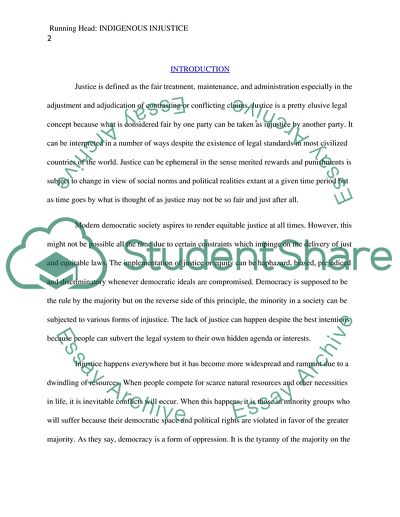Cite this document
(Indigenous Studies: The Missing and Murdered Indigenous Women of Coursework Example | Topics and Well Written Essays - 2000 words - 1, n.d.)
Indigenous Studies: The Missing and Murdered Indigenous Women of Coursework Example | Topics and Well Written Essays - 2000 words - 1. https://studentshare.org/social-science/1684182-indigenous-studies-the-missing-and-murdered-indigenous-women-in-canada
Indigenous Studies: The Missing and Murdered Indigenous Women of Coursework Example | Topics and Well Written Essays - 2000 words - 1. https://studentshare.org/social-science/1684182-indigenous-studies-the-missing-and-murdered-indigenous-women-in-canada
(Indigenous Studies: The Missing and Murdered Indigenous Women of Coursework Example | Topics and Well Written Essays - 2000 Words - 1)
Indigenous Studies: The Missing and Murdered Indigenous Women of Coursework Example | Topics and Well Written Essays - 2000 Words - 1. https://studentshare.org/social-science/1684182-indigenous-studies-the-missing-and-murdered-indigenous-women-in-canada.
Indigenous Studies: The Missing and Murdered Indigenous Women of Coursework Example | Topics and Well Written Essays - 2000 Words - 1. https://studentshare.org/social-science/1684182-indigenous-studies-the-missing-and-murdered-indigenous-women-in-canada.
“Indigenous Studies: The Missing and Murdered Indigenous Women of Coursework Example | Topics and Well Written Essays - 2000 Words - 1”. https://studentshare.org/social-science/1684182-indigenous-studies-the-missing-and-murdered-indigenous-women-in-canada.


